Uninstalling Software or Apps in Windows
How to uninstall software in Windows?
Unwanted software can be removed from your computer's hard drive using several third-party programs and the built-in tools that Windows 10 and Windows 11 provide.
Applications that you no longer utilize can be promptly removed from your computer to clear up disc space and declutter your Start menu. A built-in uninstall feature is included in Windows 10 and Windows 11, and it can be accessed through the Start menu, Settings page, and Control Panel.
If it's a Windows 10 Universal program, you can swiftly and thoroughly uninstall it using the Start menu and Settings functionality, but not via the Control Panel applet. When you use Windows' built-in tools to uninstall a complete desktop application, the procedure frequently leaves behind unused folders, files, and Registry entries that might clog up your machine.
Uninstalling from the Start menu
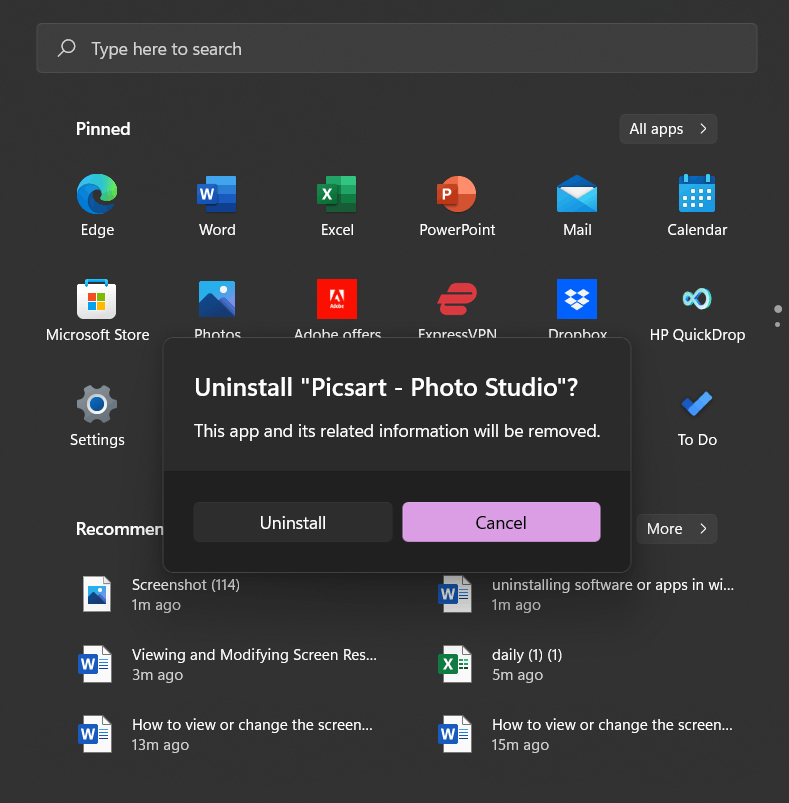
Click the Start button on Windows 11. Search for any pinned applications you want to unpin. To browse all the installed software on your computer, click the All-apps entry in the menu's upper right corner. You can uninstall an app by selecting it from the dialog box when you right-click it.
Uninstalling from App settings
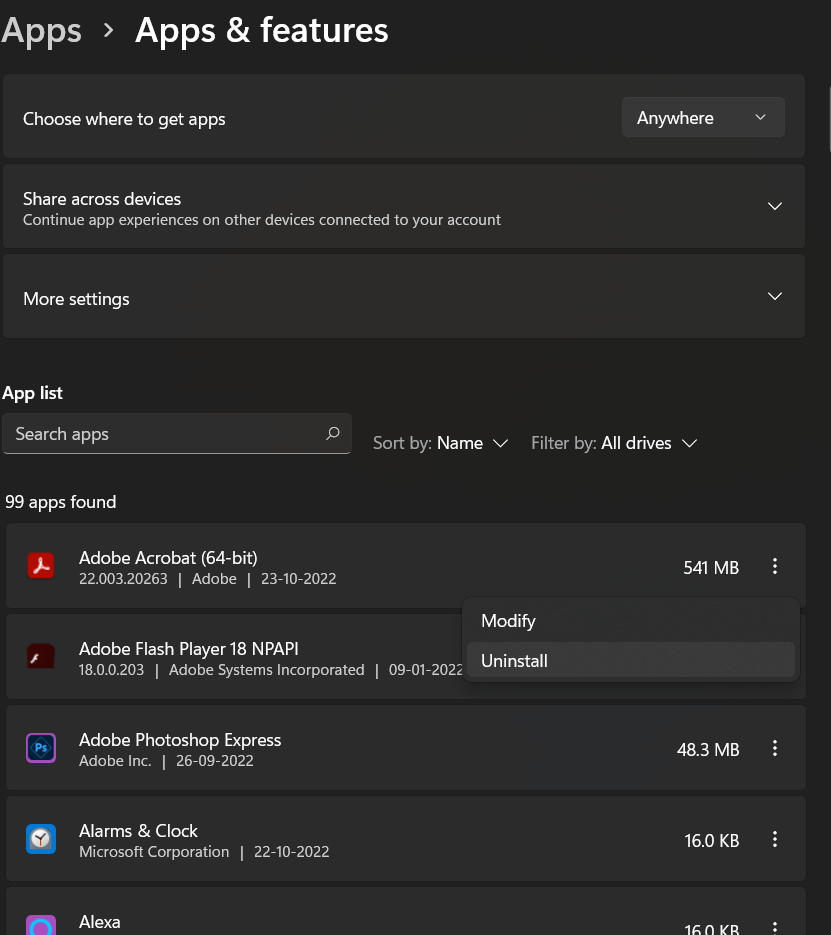
Simply you can uninstall from the app settings by following the below instructions:
Go to Settings>Apps>Apps &features, where you can view all the programs or software installed in your system, including both Windows Universal and standalone desktop applications. Search for the specific program to be uninstalled from the scroll list and then click on the three-dot icon to view the supported operations and click on the Uninstall option to permanently remove the specific program or software from your device.
Uninstalling using Control Panel
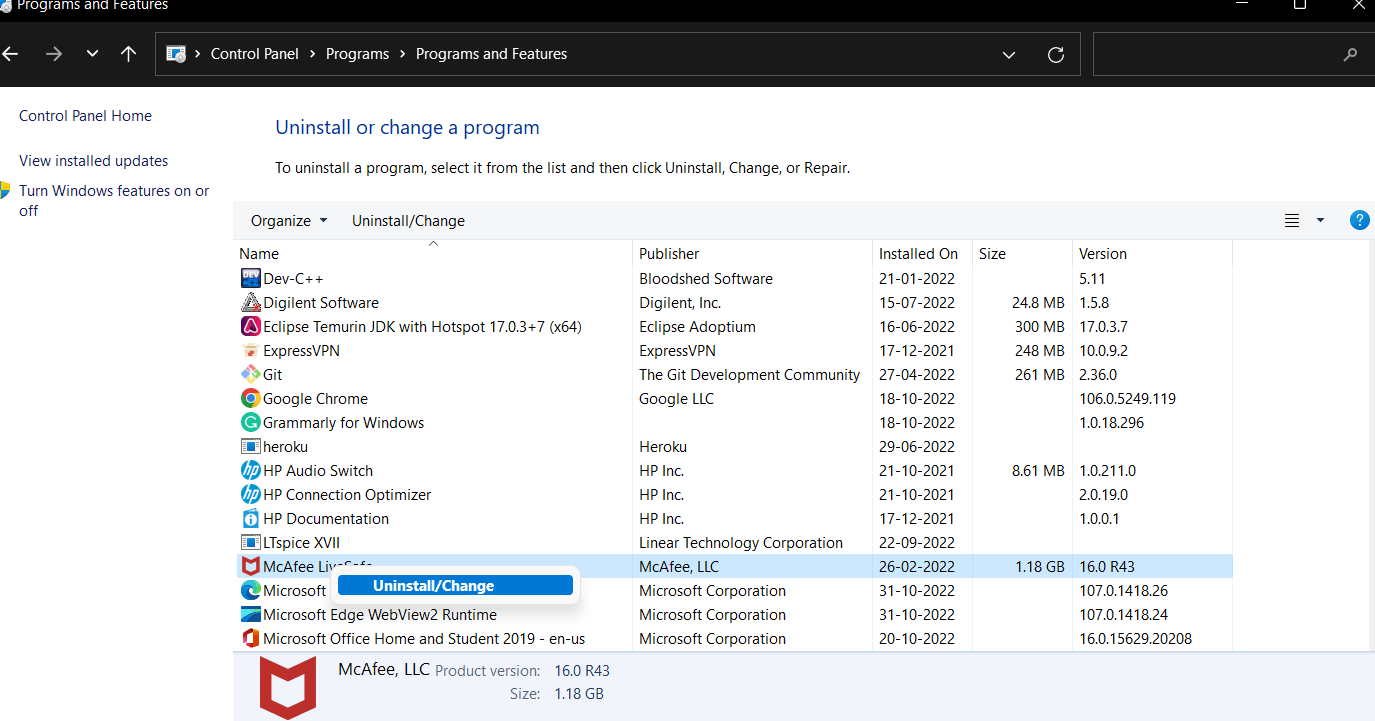
We can also uninstall a program or software through the control panel by following the steps described below:
Step 1:
Simply go through Start>Control panel>Programs>Programs & features, where all the installed programs will be displayed, you can just right-click on the specific program to view the options and easily uninstall it.
Only typical desktop applications are displayed in this interface; Windows Universal apps are not. Choose the program you want to uninstall, and then either uses the right-click menu that displays when you select it or click Uninstall at the very top of the list.
The first thing that springs to mind when discussing how to erase an application is apparently going to the Control panel and removing it with a single click. In reality, uninstalling software from Windows is totally more difficult than you might have imagined since, when you install a program, a number of files and possibly some registry entries are added to the system. These remnants will slow down your computer or, worse, create unnecessary problems if you don't manually remove them.
After uninstalling a program, we must clean up leftovers data
You must search through the AppData folder and the Program file directories to remove all associated files and folders from the recently uninstalled program. When you activate the search function by pressing the Windows key + R or by clicking Begin, type "%appdata%" and hit Enter to access the AppData folder. The C:/Your User Name by Default/AppData folder is another option. Next, examine the Local and Roaming folders to determine if the system's files and folders are indeed accessible. If so, remove them.
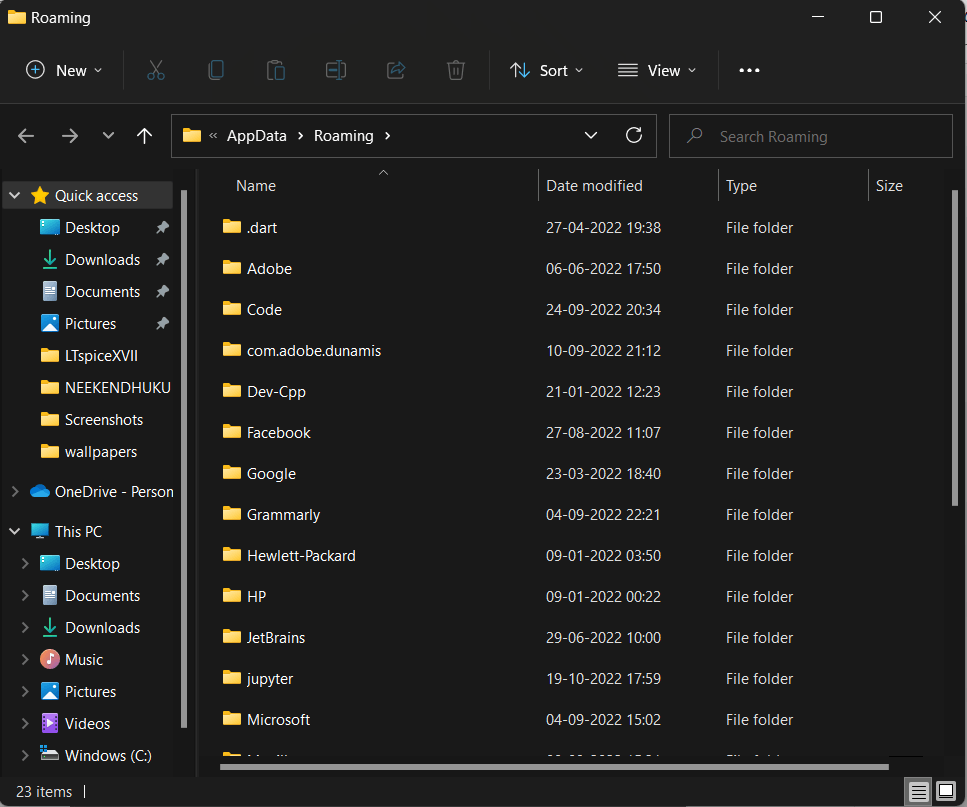
Step 2: ProgramFiles folders:
Search each of "%programfiles%", "%programfiles(x86)%", and "%programdata%" to identify any associated files or directories before deleting them.
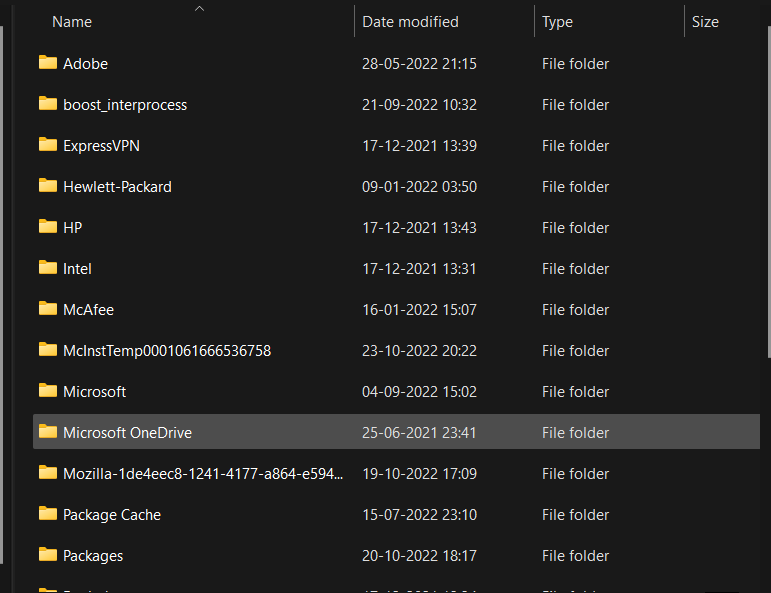
Step 3: Cleaning up registries.
Note: If you are less experienced with computers, you must be cautious in this phase. Make sure that you only delete the appropriate files and folders. If you accidentally delete something incorrectly, Windows may experience unexpected difficulties.
The Registry Editor window will appear when you type "Regedit" into the search box. Find all the files and folders associated with the uninstalled program in HKEY USERS/.DEFAULT/SOFTWARE and right-click to delete them.
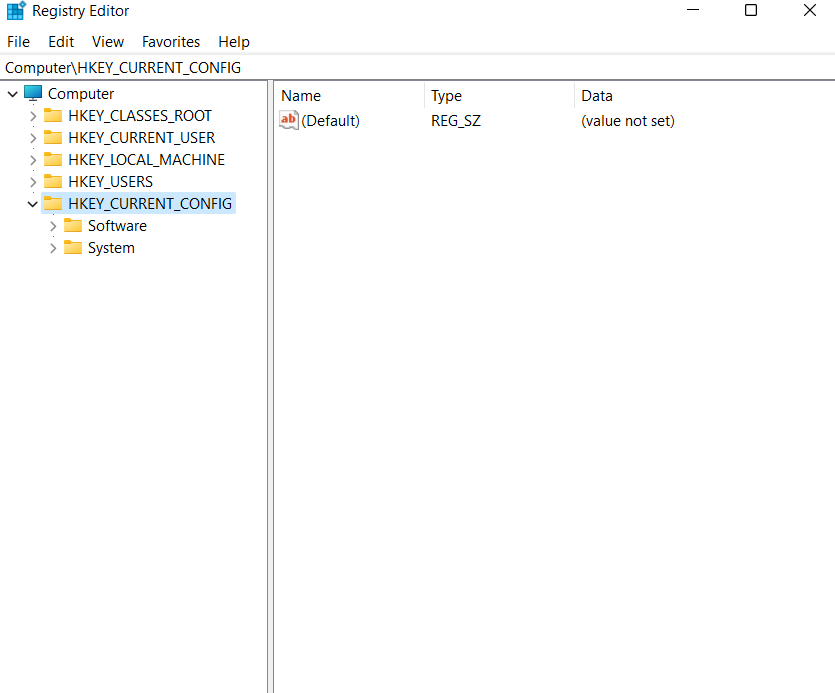
Step 4: Empty the Temp folders
Enter "%temp%" in the search field and remove any associated transient folder files.
After the successful execution of all the four above-mentioned steps, one can thoroughly uninstall or remove a program or software from the system.
However, a third-party uninstaller, which includes IObit Uninstaller, can be used if you prefer an easier method that doesn't require any computer knowledge to do this process. It has the ability to remove any undesirable items, including bloatware, plug-ins, Windows 10 built-in apps, and generic software. Additionally, IObit Uninstaller will automatically search for and gather all leftover related files and folders from the system, and then clean them up with a single click. This feature is highly helpful for maintaining system stability and freeing up disc space.